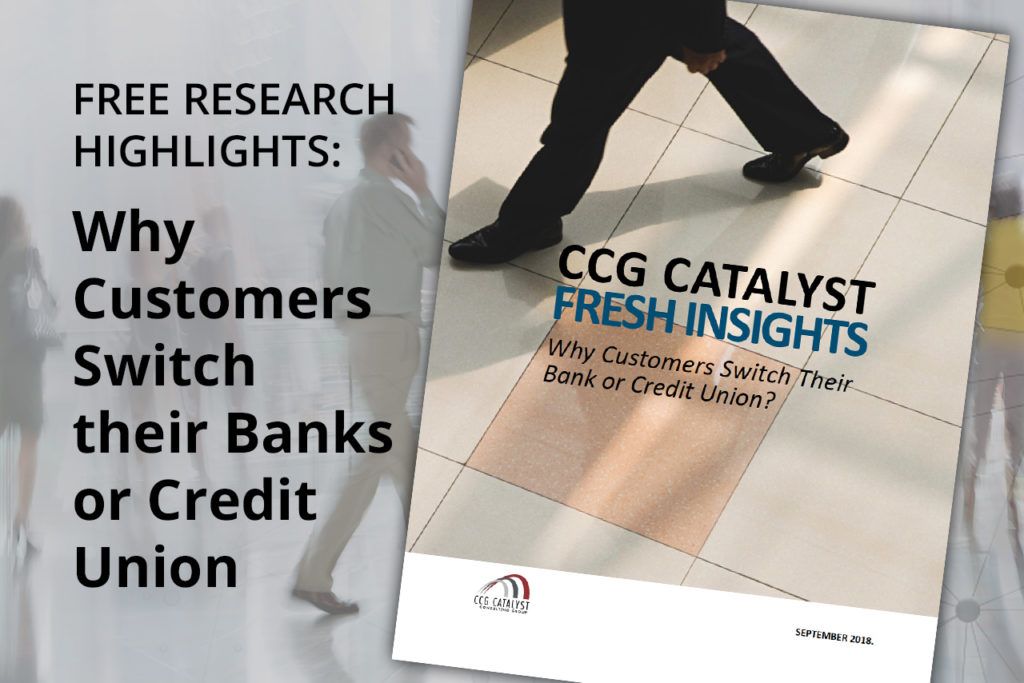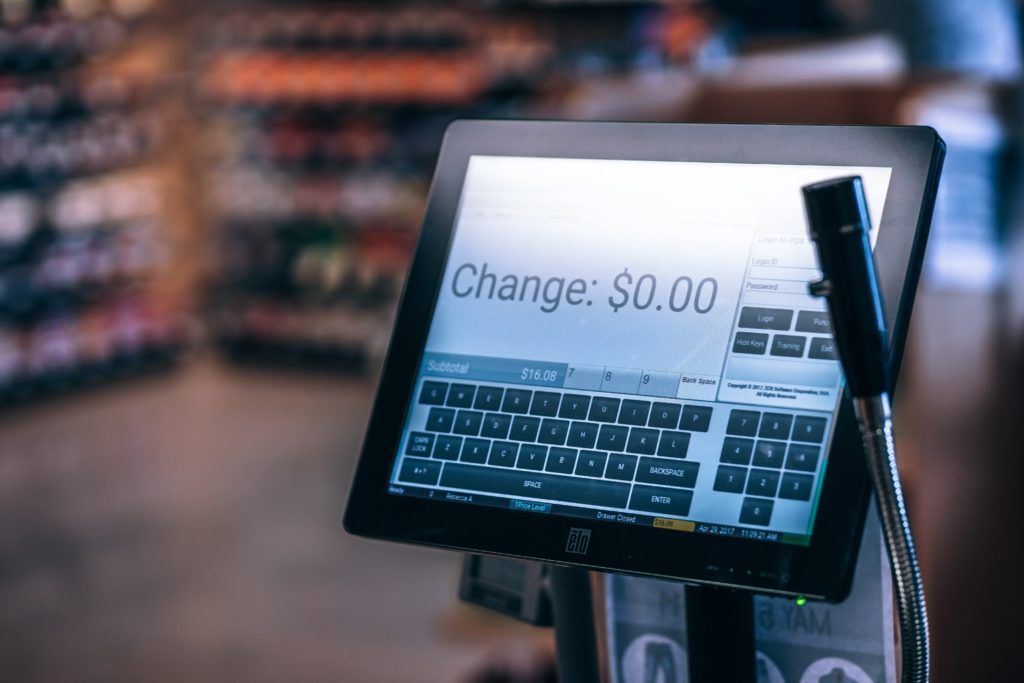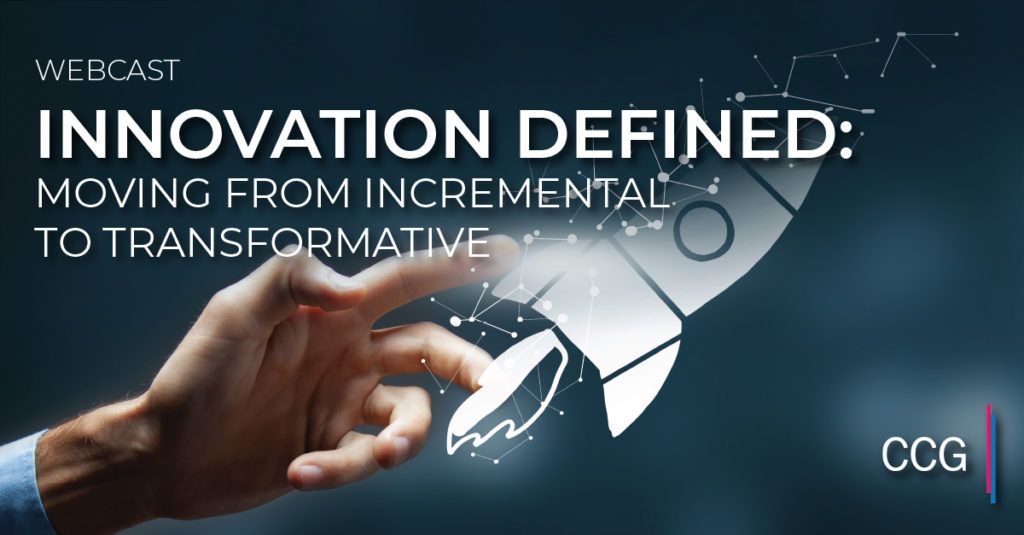Challenging Times for Challenger Banks
There is pessimism in the digital banking community following the news about Finn, the digital brand launched by JPMorganChase about a year ago whose impending closure was announced last week.
The announcement prompted questions about who the users of such accounts are and why they failed to connect with Finn. It appears there is a lack of information about what exactly users are looking for (if anything) in digital-only banks, so the industry is in a testing phase, experimenting with a wide variety of approaches.
Some of the offerings, such as Finn, come from the bank side. Finn was built on top of JPMC’s existing platform, but launched in a market where the bank had no branch presence. With the right marketing, this could be a promising growth strategy, but it was not clear why a new brand with no brand equity was chosen. Perhaps the powers in the old bank were never on board with the new effort, so it was given only a year to find its market fit. As fintech players know, this is not nearly enough time.
HSBC also had a digital-only offering in the U.K. called Connected Money, which the bank recently announced it would close down. Connected Money offered more money management functionality than Finn, including linking multiple accounts, and HSBC said it would incorporate some of this functionality into its primary app. This learning makes HSBC’s digital bank adventure more of a success story than Chase’s.
Other deposit offerings come from the fintech side, such as the investment platforms such as Robinhood and Acorns, as well as SoFi and standalone digital banks such as Chime. Some of these offerings have achieved scale, while others struggle to amass users. These accounts are built on newer platforms and leverage existing digital customers. It is still expensive for truly digital companies to acquire customers, but their overhead is lower because they have no branches.
Yet more offerings are beginning to come from the technology side, from Uber’s still vague foray into financial services, Amazon’s secured credit card, T-Mobile’s account powered by BankMobile, and more. Uber announced yesterday it was staffing up in New York (where the fintech talent was said to outweigh San Francisco’s, per CNBC) to launch an unspecified suite of financial services products aimed at deepening engagement with its core platform of human and food delivery.
Amazon’s offering is noteworthy not because it is a deposit account, but because the company is generally seen as the greatest big tech threat to banking, and is well positioned to leverage a loyal customer base into further product use. But Amazon is not infallible itself — the company recently admitted defeat and shuttered its food delivery service, which could not gain traction against Uber and established services such as GrubHub. Just as well — a drone would make a mess of your pizza.)
Who is attracted to digital-only accounts? Are they millennials or Gen Z consumers who don’t care about the branch? Are they older customers using the services as secondary accounts for budgeting purposes? It’s not yet clear. Most surveys of bank use by demographic groupings don’t even include digital banks — they’re simply not yet a factor.
Finn was a curiosity even by this experimental era’s loose standards. Postmortems noted the service had few distinguishing features to add value above a traditional account. The only concession was a $100 signup bonus, which is common to many banks, digital or traditional, in this time of deposit-hunting. Finn stood in stark contrast to Wells Fargo’s Greenhouse, which, though also a brand from a megabank built on top of a legacy core, offers two separate accounts, one for bills and fixed costs, and the other for less predictable expenses and entertainment.
This two-account strategy may help Greenhouse avoid the role Chris Skinner of the Finanser blog describes for challenger bank accounts – an account that does not receive a direct deposit but is instead used for occasional expenses. He wrote, in 2018:
“Before you know it, the big banks will just see statements that say: Monzo (auto top-up) £200.00. You know that I am doing things on Monzo, but you have no idea what, why or where I’m doing it. In other words, the financial intermediary who never believed they would be disintermediated, has been disintermediated by a new intermediator. A data intermediary. The lifeblood of the bank’s future – customer data – has been stolen by a new middleman: the intelligent intermediator.”
Such estimates now appear too optimistic, or at least too soon. Digital banks will need to offer clearly superior services to the right market, and these are still early days. Who will find their niche in time?
The fear for banks was always that new digital brands are looking to steal the customer experience, but there is also traction on the backend, among the tangle of pipes and wires and APIs that power accounts. Perhaps the real threat to banks is coming from behind.







